An easy step-by-step guide on how to cook pasta al dente perfectly at home! Follow these tips to make pasta like a pro and then use it with all your Italian cuisine.
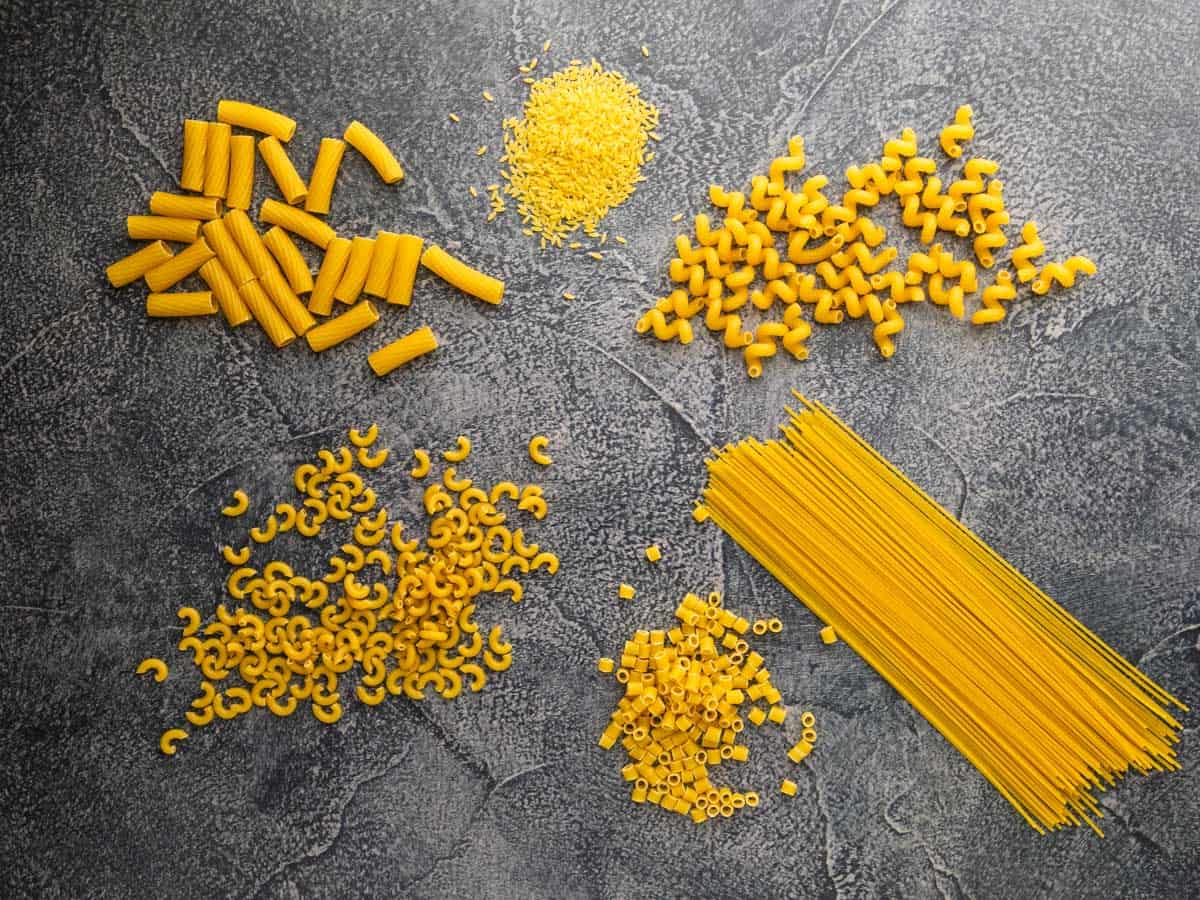
With an Italian American husband, pasta is a staple in our home. It’s one of our favorite foods, plus, it's quick to make, inexpensive and so versatile. Learning how to cook pasta al dente can take a classic dish from good to great!
Jump to:
🍲 What does al dente mean?
When pasta is cooked to al dente it means that it has a bite or ‘tooth’ to it. It’s not mushy pasta, chalky, or worse, hard. Firm-to-the-bite pasta enhances the texture, flavor, and taste of the pasta!
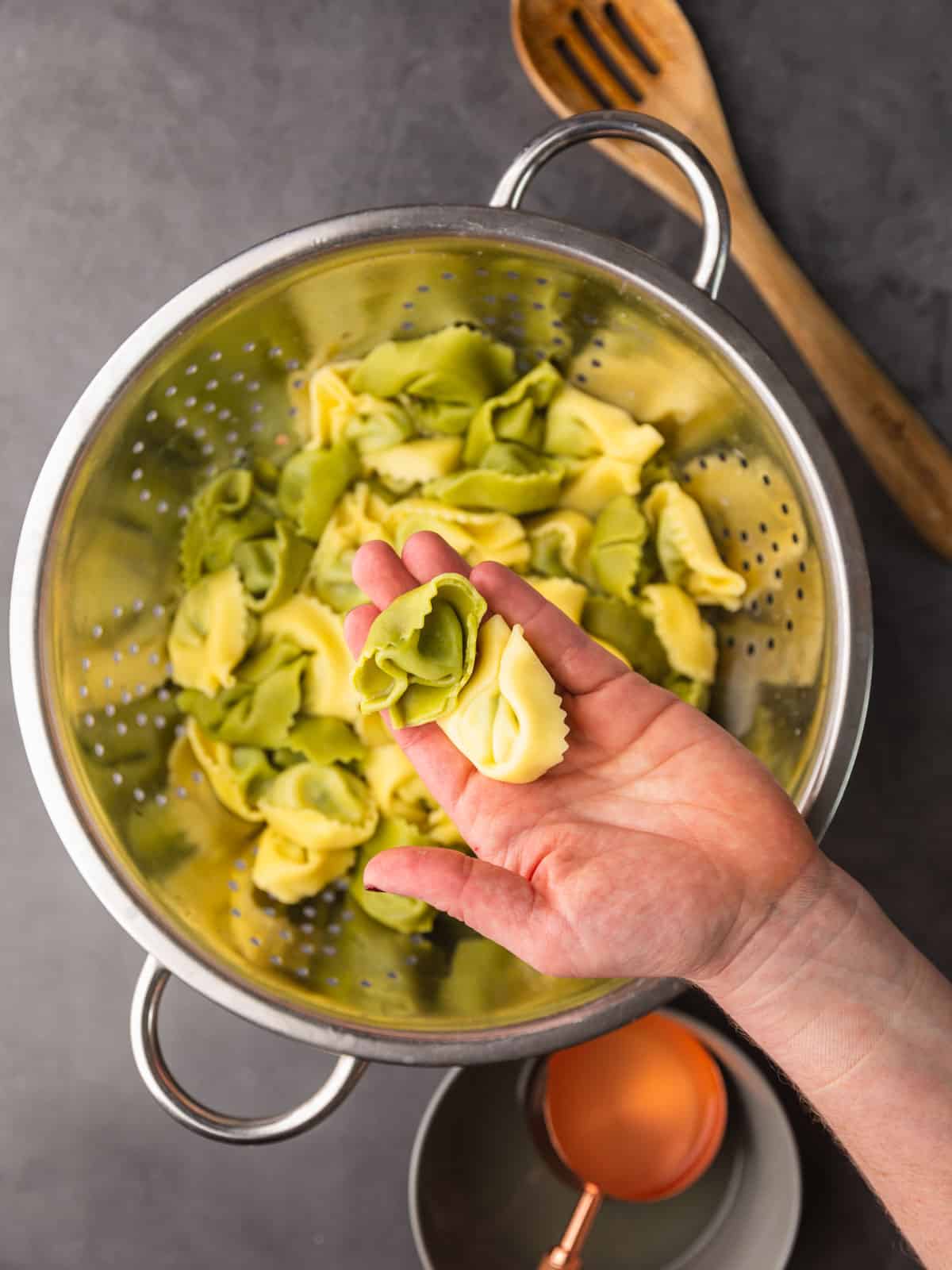
There is nothing worse than having overcooked pasta ruin your meal. Learning how to make al dente pasta in the Italian tradition is the best way to enjoy it!
🍝 Cooking pasta al dente
The most common rule you will hear when learning how to cook pasta al dente is to drain it 2-3 minutes before the pasta packaging time indicates it should be done. In reality, though, the quality of the pasta can really make a difference to this rule.
Commercially made pasta will often be chewier, while quality dried pasta will hold up to its cooking time better and give you a better chance of achieving al dente pasta results. Homemade fresh pasta will cook a bit differently as well.
The best way to know how long to cook pasta al dente is to taste test a piece of pasta every 2-3 minutes during the cooking process. You will know it’s nearing done if it has a slight resistance when you take a bite.
Another visible sign of doneness is that a tiny white dot will appear in the center of the spaghetti strand. This could be a white ring in the middle of the pasta if it’s a tubular style of pasta.
Cook your pasta for one more minute then drain. Remember your pasta will continue to cook some while it is resting.
🍝 The Perfect Pasta Cooking Ratio
1 Pound Pasta - 4 Quarts Water - 1 Tablespoon Salt
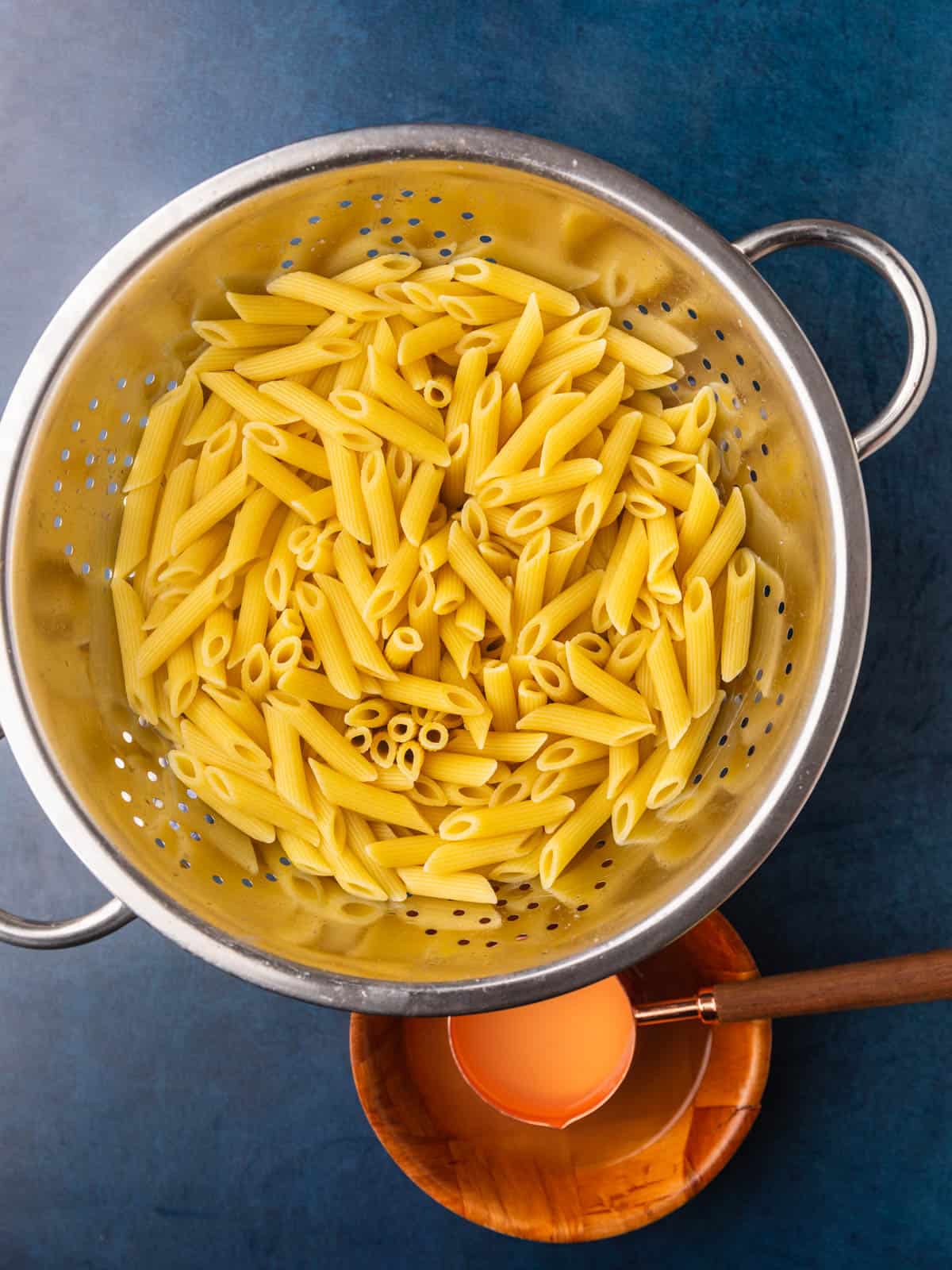
🔪 Step by step instructions
The steps for how to cook pasta will remain the same no matter if you use factory-made or homemade pasta. For planning purposes, it is common to make 2 oz of pasta per person which will yield around 1 cup of pasta. To be on the safe side, I often make 4 oz per person so there is enough for a second helping or leftovers.
Fill a large pot ⅔ full of water. Place a lid on the pot and bring the water to a rolling boil over medium or medium high heat.
Remove the lid and add salt to the boiling water. The general rule of thumb is that for every pound of pasta, use 4 quarts of water and add approximately 1 Tablespoon of salt.
Add your pasta to the salted water, stir, and then reduce the heat to medium heat.
Stir pasta every few minutes after you add it to prevent clumping of the pasta shapes or to separate strands.
Start checking your pasta as it nears the end of its cooking time. Only cook your pasta until it is tender yet still has a slight bite.
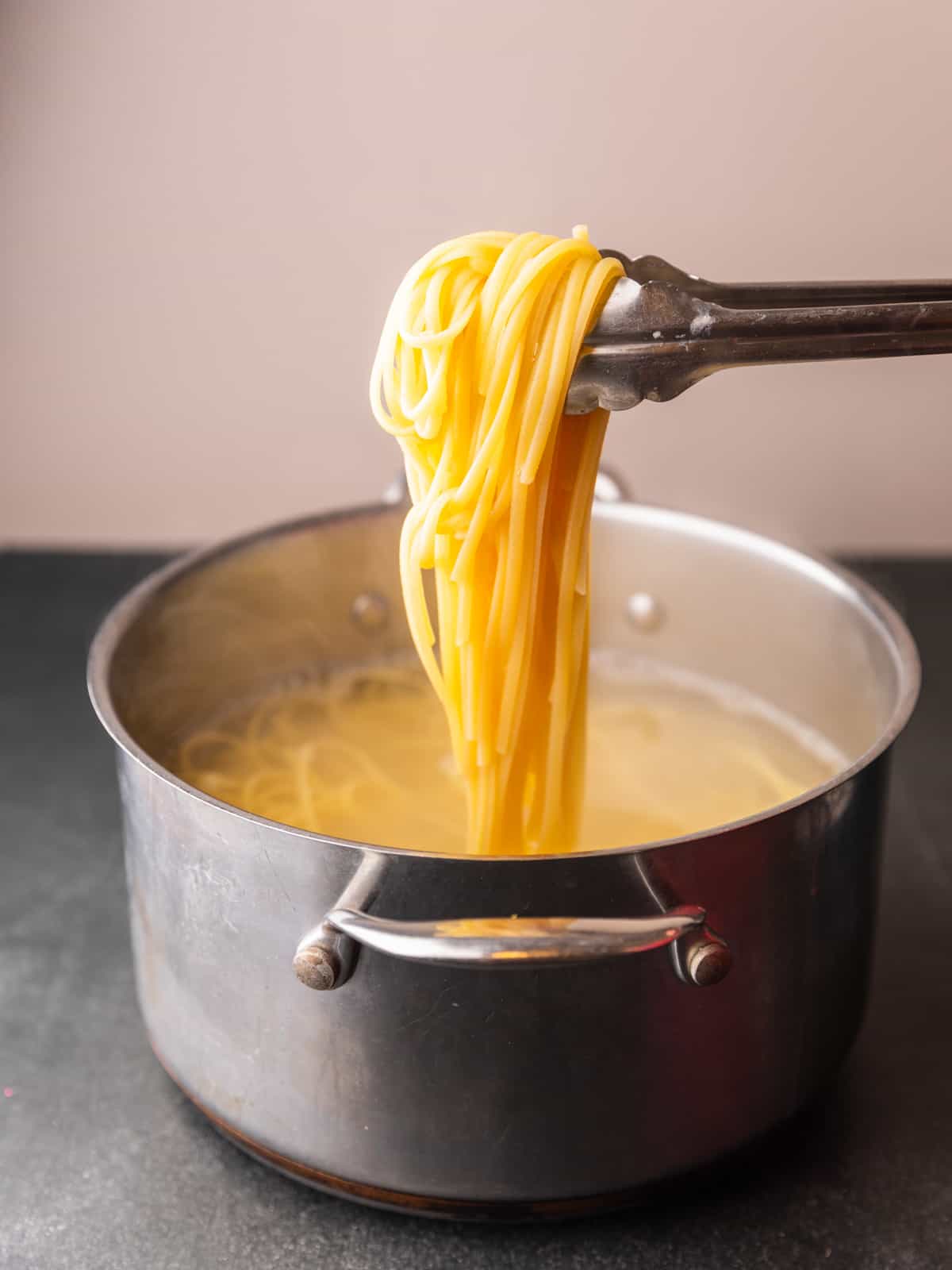
Remove some pasta cooking water to reserve for your sauce. Drain your pasta in a colander placed in the sink. Do not rinse your pasta.
Return the pasta to the pot, add your favorite sauce, and use the reserved starchy pasta water to thin out your sauce until it reaches the desired consistency.
How to Make Pasta from Scratch
Want to make homemade pasta but you aren't sure where to start? Are you intimidated by making pasta because you don't have a machine?
- Learn to make homemade pasta dough from scratch
- Knead, roll and cut pasta dough without using any special equipment
- Make a fresh basil pesto cream sauce from scratch to go with your pasta
- Learn all of my best tips, tricks and techniques to making homemade pasta
- Includes my Beginner's Pasta Making eBook ($8 value) for FREE
- Limited spots available
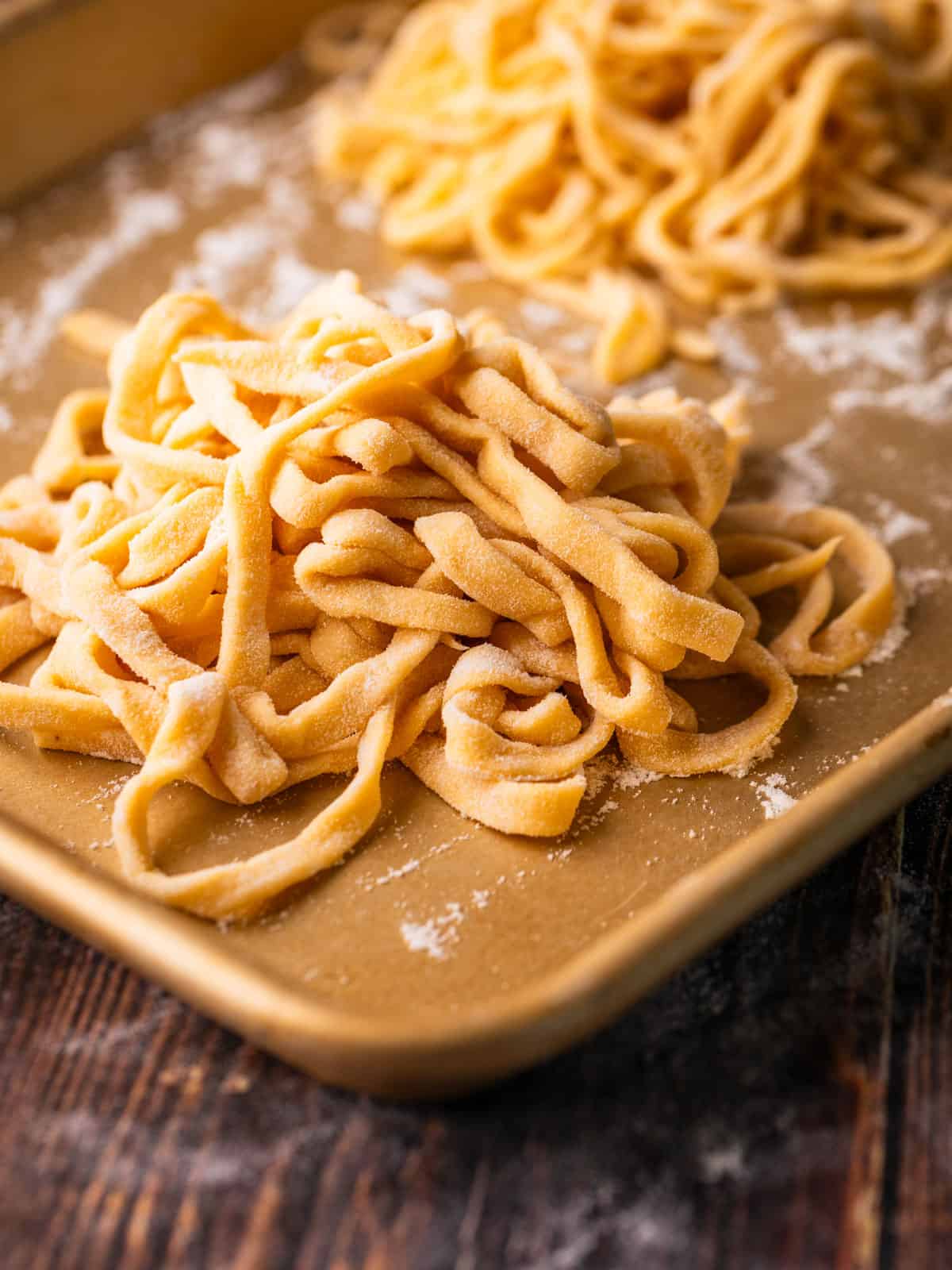

⭐ Expert Tips
- Choose the right pasta for the right sauce. A thick meaty sauce pairs well with a thicker noodle whereas spaghetti pairs better with an olive oil or tomato-based sauce. Thinner flat noodles pair well with creamy sauces.
- Pick the right pan. A taller pot is great for long pasta, such as spaghetti or bucatini. A larger pot is best for a short pasta shape like penne or rigatoni.
- Add the right amount of water to your pot. I recommend filling your pot ⅔ full of water which will leave enough room for the pasta to move around freely.
- Salt your water after it comes to a boil. For 4 quarts of water, you should add one tablespoon of salt.
- Try to add your pasta all at once so it cooks evenly.
- Stir your pasta to prevent sticking. This is especially important for longer strands like spaghetti.
- Taste the pasta as it nears doneness. There is no need to follow the package directions, just use them as a loose guideline. A golden rule is that al dente pasta is ready 2-3 minutes before the indicated cook time on the package.
- Don’t rinse your pasta with cold water! This will cause your pasta to become chewy.
- Add cooked pasta to the sauce immediately. Many top Italian chefs actually recommended this as hot pasta will absorb the sauce better for the best pasta recipes.
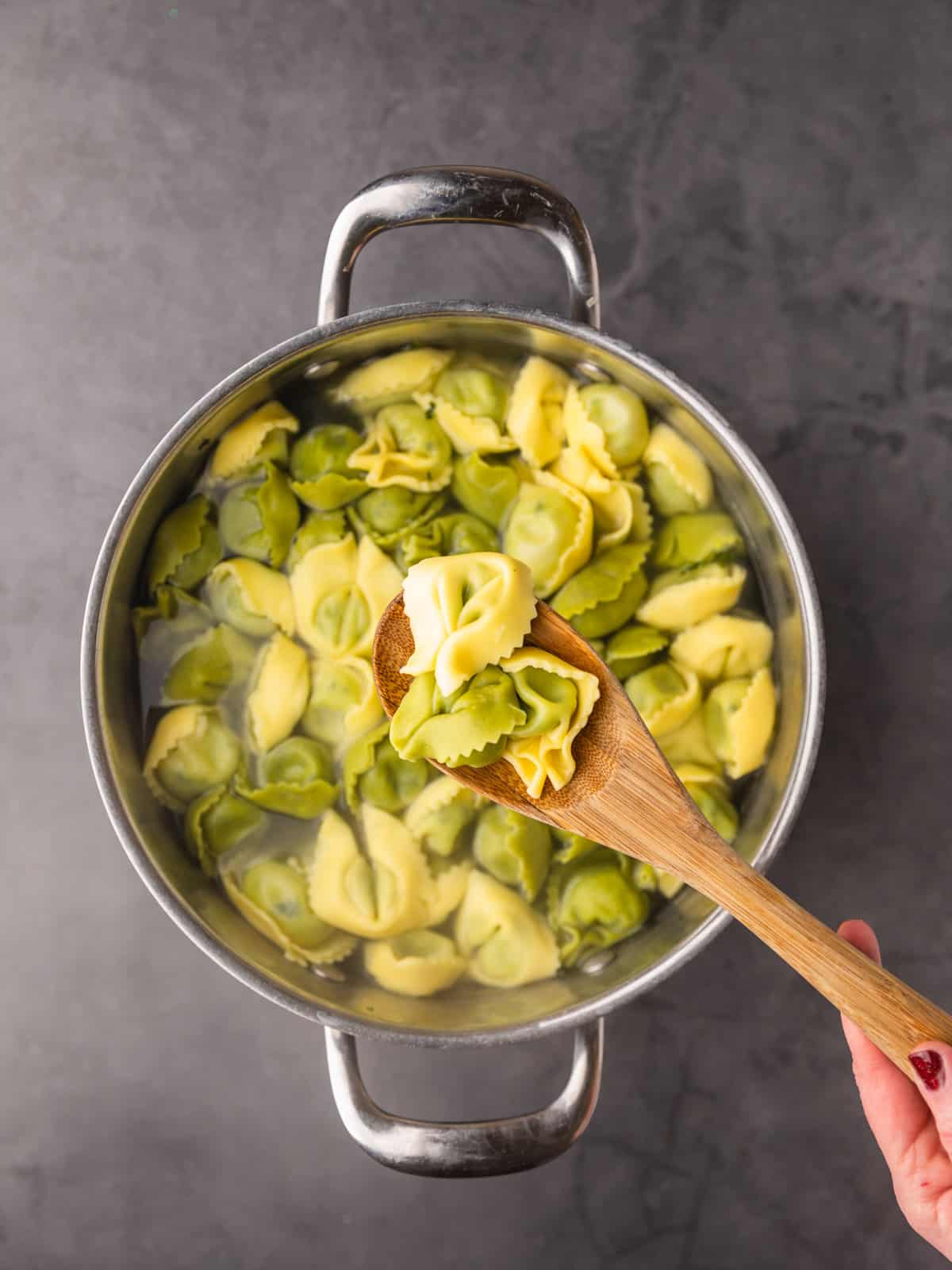
💭 Common questions
Good quality pasta is important as it can really improve the flavor of your dish and not just be a bland starch. A few key tips are to look for pasta with a rough texture that is made with semolina or durum wheat. A few other selling points to look for are if the type of pasta has been dried slowly and manufactured in small batches on a bronze die.
You might hear that adding oil to the pasta water will help prevent the noodles from sticking, but it is not necessary to add oil. Just stir your pasta a few times in the first 1-2 minutes of the cooking time and that will take care of any sticking that might occur.
No. Only use your lid to bring the pot to a boil. If you leave the lid on while the pasta is cooking, the water in the pot will boil over.
You need to cook your pasta over medium heat. If you cook your pasta over high heat, the water will bubble over. The general rule is once you add your pasta return the pot to a boil and then reduce the heat to medium to prevent the water from boiling over the pot.
Can I cook pasta in the sauce for a one-pot meal?
While you can, I really only recommend it in soupy sauces or in the soup itself as the pasta will absorb liquid as it cooks to al dente. I use this method for pasta fagioli and homemade chicken noodle soup.
🍝 Favorite pasta sauce recipes
Try these Italian recipes for delicious pasta dishes!
- Old school Italian gravy is an authentic tomato sauce.
- Hidden veggie pasta sauce is a flavorful way to sneak in some veggies!
- Homemade alfredo sauce is rich and decadent.
- Creamy basil pesto is a fresh and delicious sauce for pasta.
If you ever don't recognize a tool or skill that is mentioned, be sure to look it up in our Glossary of Cooking Terms and Definitions for more information.

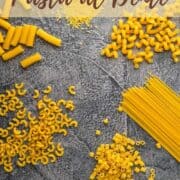
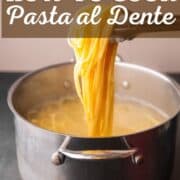

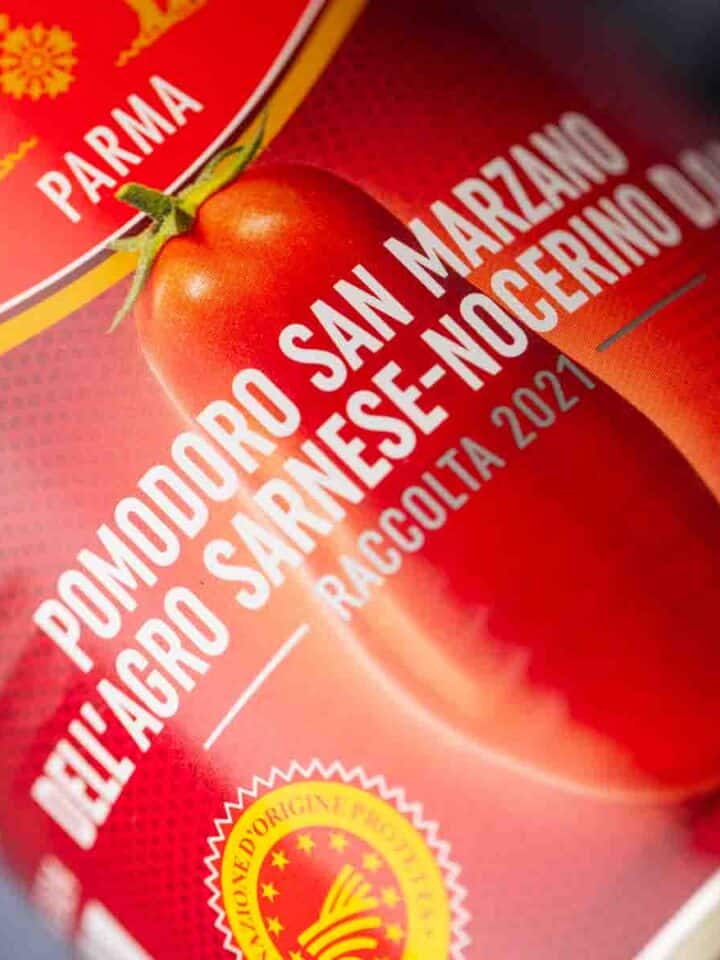

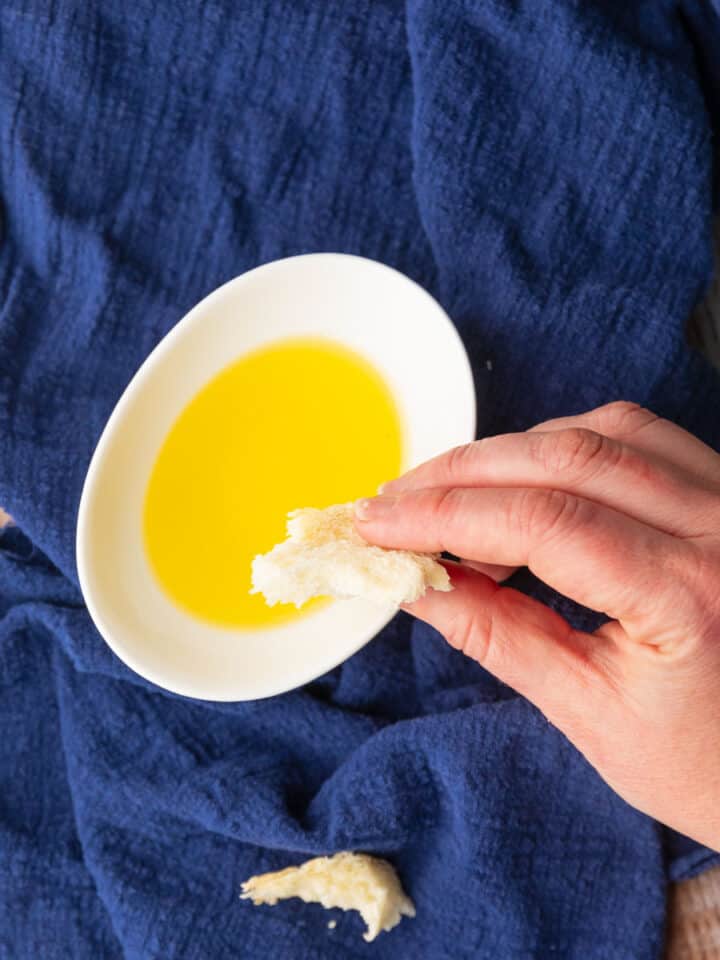
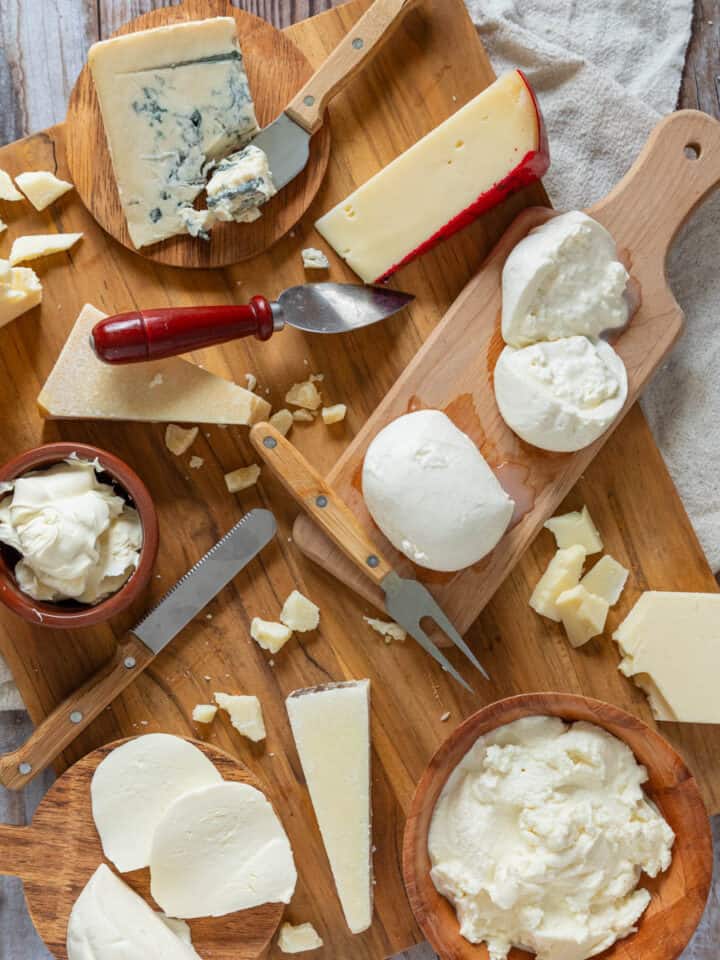
Comments
No Comments